In today’s fast-paced world, grocery app development has become a vital component for businesses looking to thrive in the competitive online marketplace. With the increasing demand for convenience, a well-designed grocery app can significantly enhance customer experience and drive sales. However, selecting the right grocery app development company is crucial for the success of your project. This guide will explore key factors to consider when choosing a grocery app development service, as well as insights into the costs associated with grocery app development.
Understanding Grocery App Development
Grocery app development involves creating mobile applications that allow users to browse, select, and purchase groceries online. These apps often include features such as product browsing, order management, payment processing, and delivery tracking. The primary goal is to provide a seamless shopping experience that meets the needs of modern consumers.
Key Factors to Consider
When selecting a grocery app development company, consider the following factors:
1. Experience and Expertise
Look for a company with a proven track record in grocery app development. Check their portfolio for previous projects and client testimonials. A company with extensive experience will be better equipped to handle the unique challenges of app development.
2. Technical Skills
Ensure that the development team possesses the necessary technical skills and knowledge of various programming languages and frameworks. They should be proficient in developing applications for both Android and iOS platforms, as well as integrating third-party services like payment gateways and logistics solutions.
3. Customization Options
A good app development company should offer customizable solutions tailored to your specific business requirements. This includes designing user interfaces that reflect your brand identity and incorporating features that enhance user engagement.
4. Development Process
Inquire about their development process. A structured approach typically involves planning, design, development, testing, and deployment stages. Companies that follow agile methodologies often provide more flexibility and quicker turnaround times.
5. Post-Launch Support
Choose a company that offers ongoing support after the app is launched. This includes maintenance, updates, and troubleshooting any issues that may arise post-launch.
6. Cost of Grocery App Development
Understanding the costs involved in grocery app development is essential for budgeting purposes. The costs can vary significantly based on several factors:
- Complexity of Features: Basic apps may cost between $20,000 to $50,000, while more complex applications with advanced features can range from $50,000 to $150,000.
- Development Team Location: The geographical location of the development team can influence pricing; companies in regions with higher living costs may charge more.
- Timeframe: The timeline for project completion can also impact costs; expedited projects may incur additional fees.
Evaluating Potential Companies
Once you have identified potential grocery app development companies, evaluate them based on the following criteria:
1. Portfolio Review
Examine their previous work to assess quality and relevance to your project needs. Look for apps that have similar functionalities or target demographics.
2. Client Feedback
Seek out reviews or testimonials from past clients to gauge their satisfaction with the company’s services. This feedback can provide insight into their reliability and professionalism.
3. Initial Consultation
Schedule consultations with shortlisted companies to discuss your project goals and get a sense of their communication style and understanding of your needs.
Popular Features in Grocery Apps
A successful grocery app should incorporate essential features that enhance user experience:
- User Registration: Easy sign-up process through email or social media.
- Product Browsing: Intuitive navigation with filters for categories.
- Shopping Cart: Users can easily add items and view total costs.
- Secure Payment Options: Multiple payment methods including credit/debit cards and digital wallets.
- Order Tracking: Real-time updates on order status.
- Customer Support: Integrated chat or helpdesk options for user queries.
- Personalization: Recommendations based on user preferences and purchase history.
Conclusion
Choosing the right app development company is a critical step toward building a successful online grocery platform or multi-vendor eCommerce solution. By considering factors such as experience, technical skills, customization options, and app development costs associated with grocery app development, you can make an informed decision that aligns with your business goals. Investing time in selecting a reputable grocery app development service will pay off in terms of customer satisfaction and business growth.
As you embark on this journey, remember that a well-developed grocery app not only enhances user experience but also positions your business competitively in the ever-evolving digital marketplace.
FAQs
1. What is the average cost of grocery app development?
The cost of grocery app development varies based on the app’s complexity, features, and the platforms targeted. For a basic single-platform app, prices start around $10,000, while multi-platform, feature-rich apps can cost $50,000 or more. Developer location also affects cost, with North American developers typically charging higher rates than developers in other regions.
2. How long does it take to develop a grocery app?
Development time depends on the app’s complexity and features. A basic grocery app may take 3-4 months, while a more complex app with advanced features like real-time tracking and personalized recommendations can take 6-12 months or more.
3. Which platforms should my grocery app support?
It’s generally beneficial to develop for both iOS and Android, as this broadens your reach. If budget is a constraint, consider starting with one platform and expanding later based on user demand and business growth.
4. What are the essential features of a grocery app?
Key features include user registration, product search, shopping cart, order tracking, and payment integration. Additional features, such as personalized recommendations, voice search, and loyalty programs, can improve user experience and engagement.
5. How do I ensure data security in my grocery app?
Choose a development company that follows industry-standard security practices, including data encryption, secure payment gateways, and compliance with data protection regulations (like GDPR and CCPA). Multi-factor authentication is also recommended for added security.
6. Do grocery app development companies offer post-launch support?
Yes, most companies provide post-launch support through maintenance plans that cover updates, bug fixes, and potential feature additions. It’s best to inquire about the specifics of their support services and costs associated with maintenance.

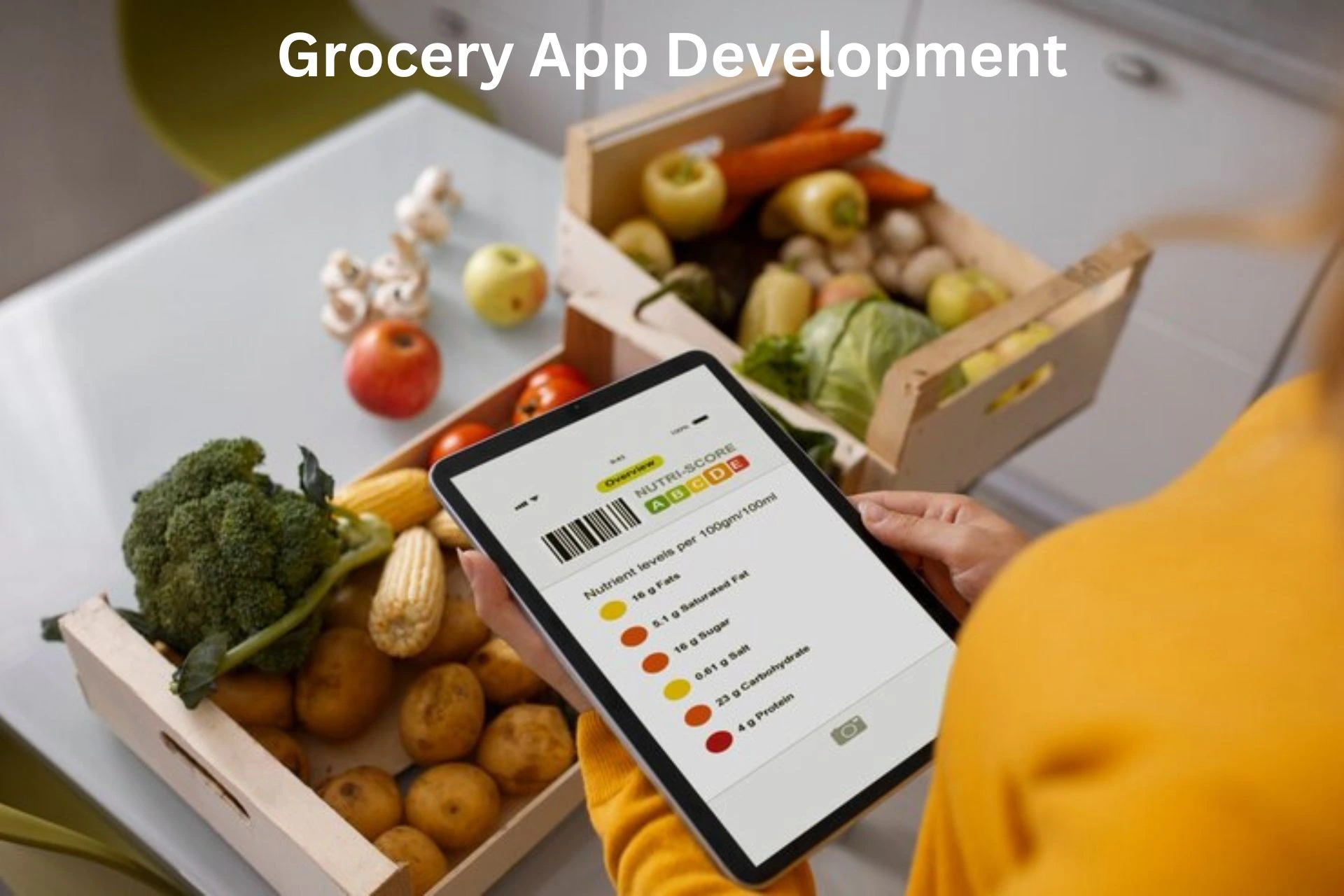


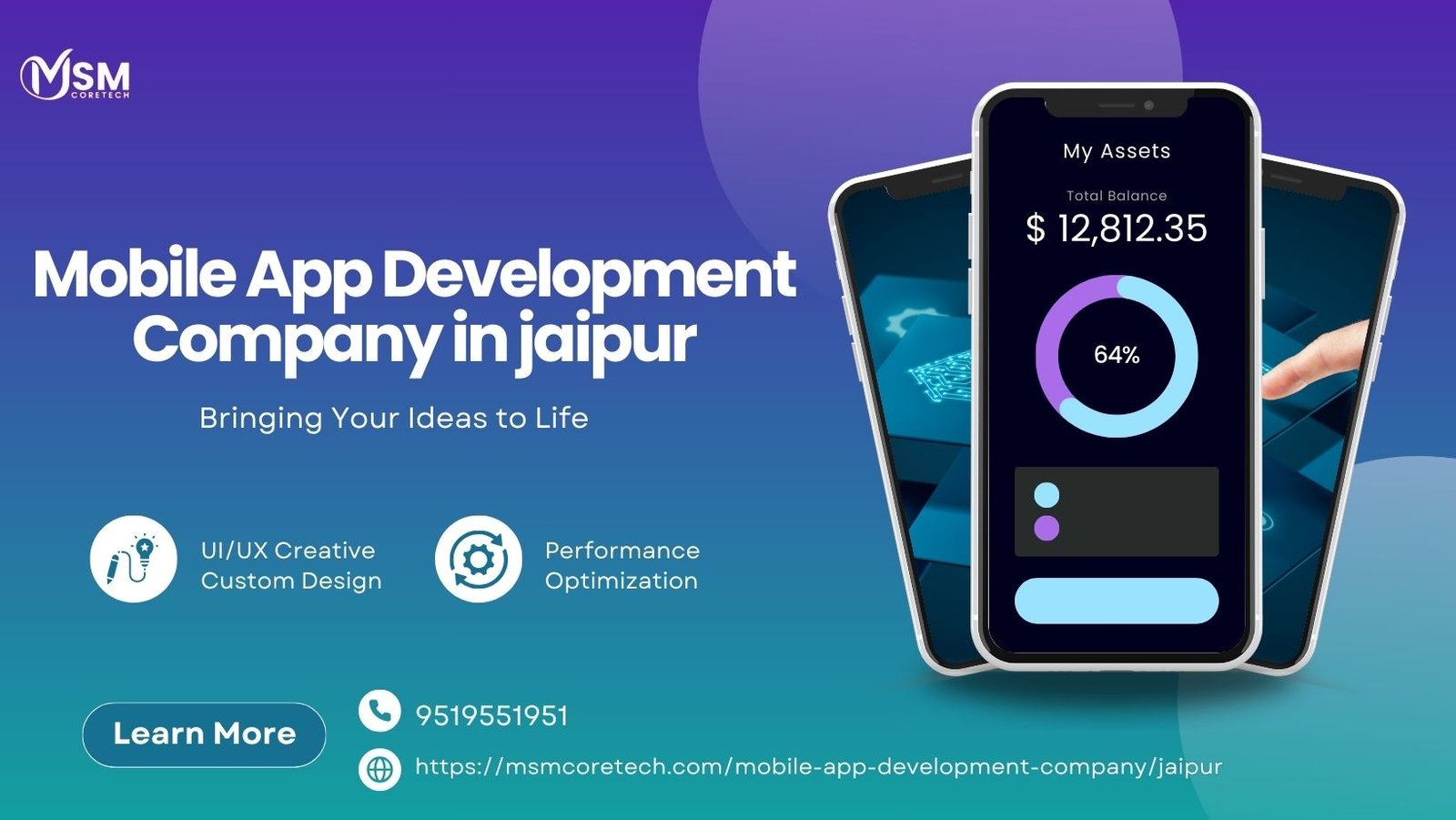
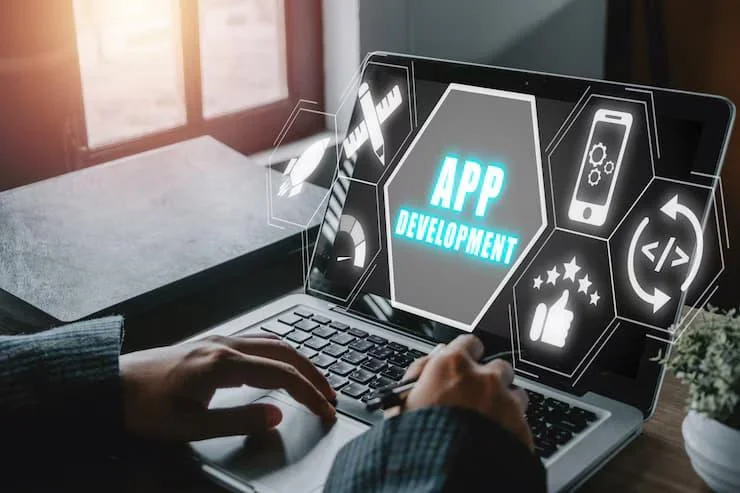




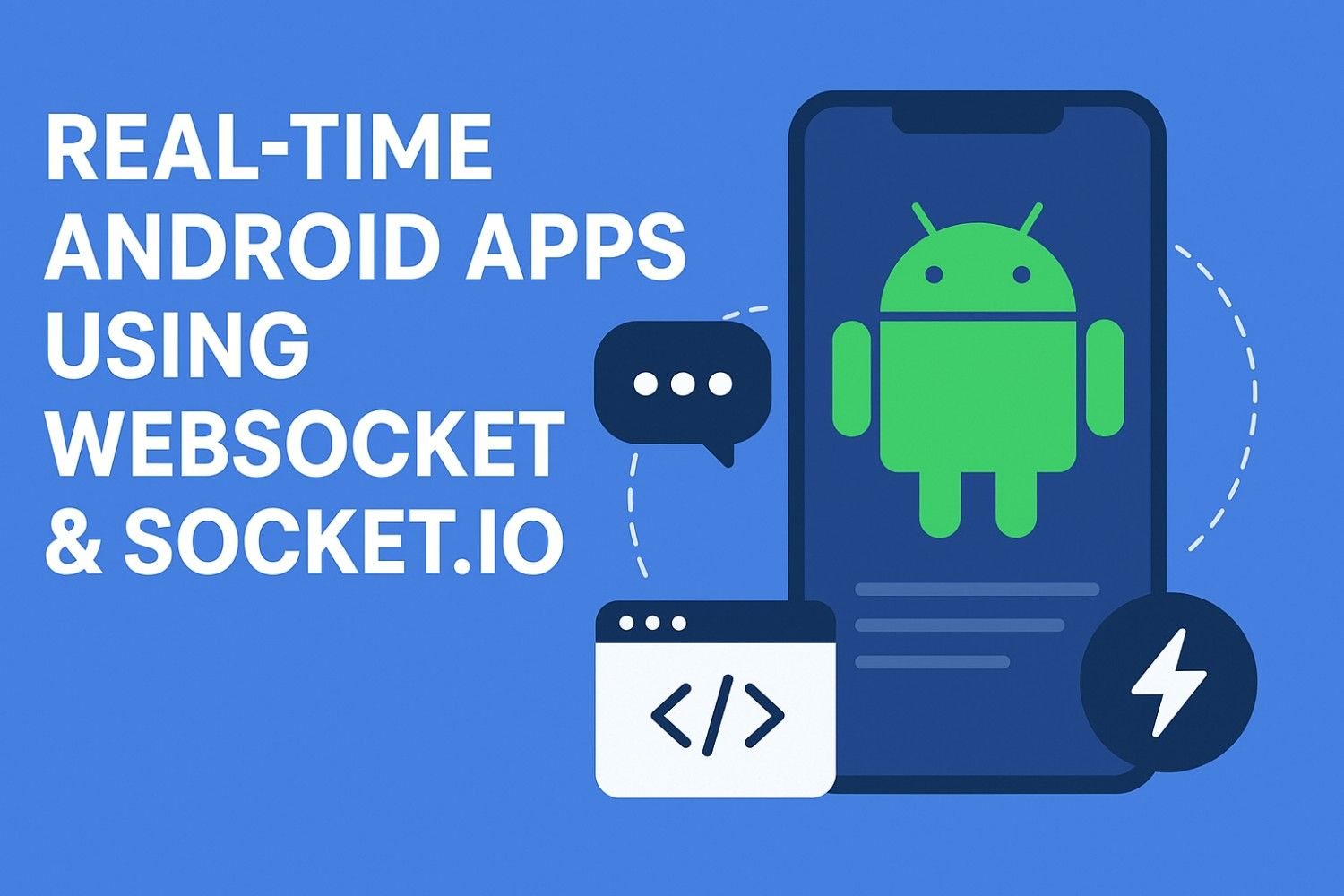
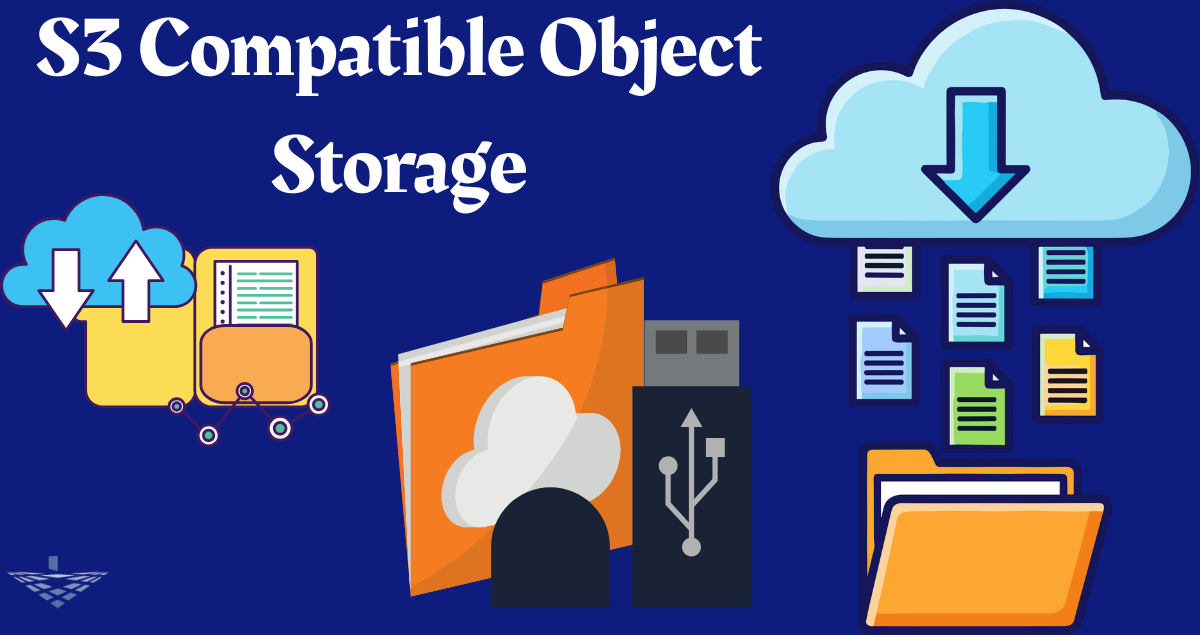




Leave a Reply